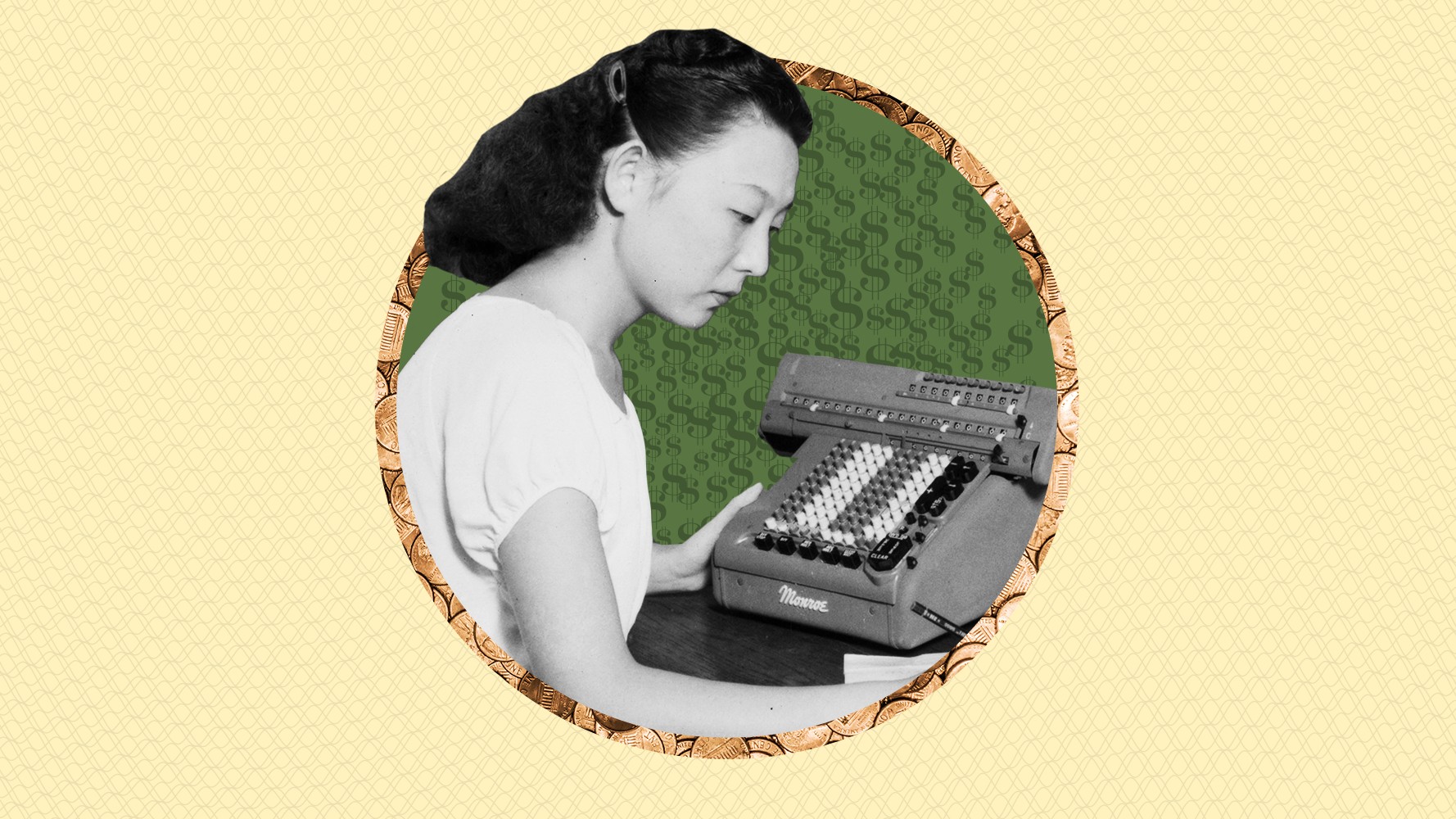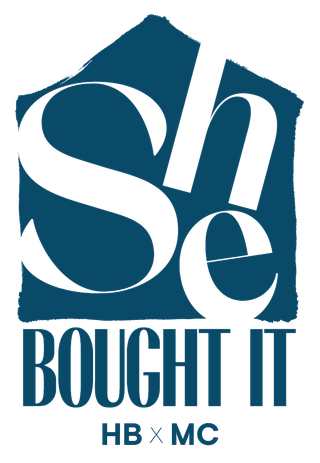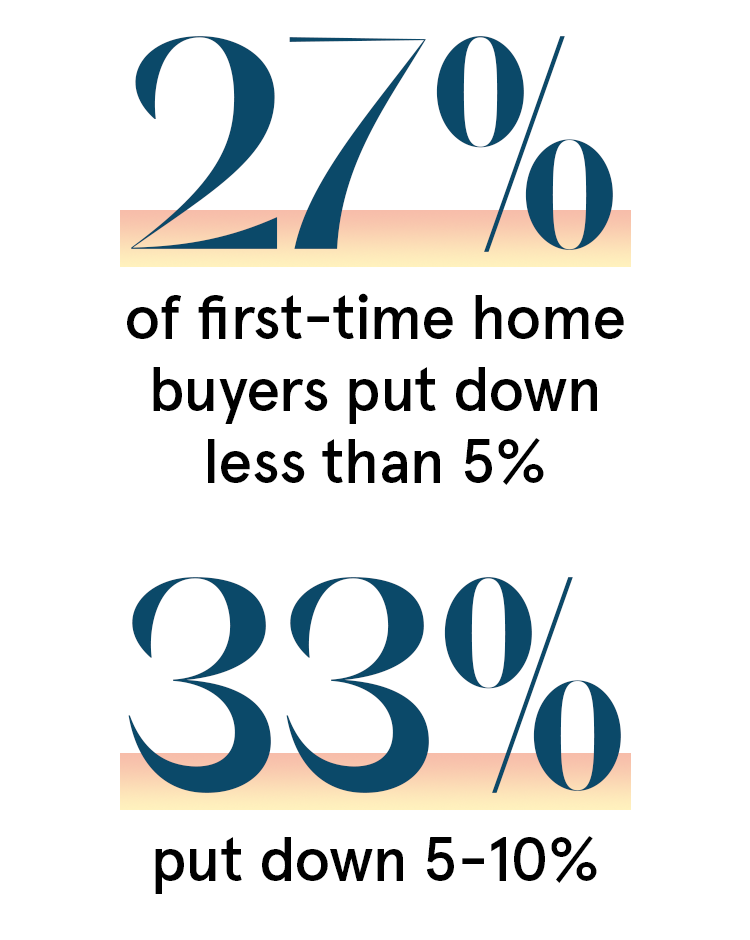No, Your Down Payment Doesn't Have to Be 20 Percent
There are pros and cons of putting down less.


Making the decision to buy a home is one of life’s biggest. And paying for it is one of life’s biggest expenses. “It can be very scary at first, being a single woman on one income and buying your first house. But there is something very empowering about it,” says Kylee Youmans-Driskell, a speech pathologist who purchased her first home on Cape Cod, MA, in 2014 at the age of 28. “If you decide to have children one day, it is a great story to tell them how your mother got her own home when she was single!”
Despite the initial sticker shock, Youmans-Driskell has grown into her home and into herself through the experience of owning it. From getting the correct documentation together, having her finances in order, and negotiating her down payment, Youmans-Driskell learned a lot in the process.
Despite most home buyers’ expectations that a down payment must be 20 percent of the price of the house, the reality is that many people are putting down much less. In a survey of single female home buyers conducted by Marie Claire and House Beautiful, 27 percent of respondents paid less than 5 percent as a down payment. Thirty-three percent of women surveyed paid between 5 and 10 percent, and yet another 19 percent put down between 10 and 20 percent.
The trend of smaller down payment is one realtors have been noticing for a few years: According to the National Association of Realtors, 61 percent of first time home buyers put down between 0 and 6 percent in 2018. How much you should spend in cash depends on your credit score and financing type, but if you want to put down less, here’s what you need to know.
What is a down payment?
The down payment is the money you give to the bank to secure your mortgage and an indicator of your investment in the property. It helps show lenders how serious you are. If you are able to put more money down upfront, lenders can offer you a lower interest rate. A bigger down payment also typically means lower mortgage payments over a shorter period of time; a lower down payment means a longer mortgage debt.

The more money the buyer can put down, the less the lender will end up losing if there is ever a foreclosure situation. As a result, when buyers put down less than 20 percent of the total cost of the house, they are typically required get private mortgage insurance (PMI). This protects the lender in case you default on your payments.
“There are lots of lenders who will still allow [buyers] to get a conventional 30-year, fixed-rate loan with 10 percent down,” says licensed real estate broker Dolly Hertz of Engel & Völkers of New York. “There are some greater demands on you as the borrower, however, notably PMI required by the lender in case you fail to repay your loan. The premiums for this insurance can add considerably to your monthly obligation and may even cause your mortgage payment to become too expensive.”
Get exclusive access to fashion and beauty trends, hot-off-the-press celebrity news, and more.
How can you pay less?
When you are trying to negotiate a lower down payment there are a few things to consider: First off, are you buying a house or a condo? If the latter, you may be locked into a 20 percent down payment as a requirement of the Home Owners Associations (HOA) or condo board. If you’re purchasing a stand-alone home, you may have more flexibility.
If you’re looking to make a lower down payment, Hertz suggests researching FHA loans. These government-backed loans only require a 3.5 percent down payment, and, typically, verifiable income and good credit. More information about FHA loans can be found here. They do come with their own kind of mortgage insurance, at times more costly than PMI.
A down payment is not required for a VA loan. Also, there is no mortgage interest on VA loans and closing costs are capped. They do not require PMI. Read more about different loan options here.
What about down payment assistance programs?
The community you live in may offer down payment assistance programs, which are low- or no-interest loans or grants to help special groups—like firefighters or educators, or low-income individuals—have enough money for a down payment or closing costs or both. Many of them are set up for first-time homebuyers and require that participants take a homebuyer education course. Only certain houses will qualify, as well. How the program functions varies by state; you can check if you’re eligible for any near you here. Many people qualify for these programs, but few apply.
Bottom line?
Whatever you put down, owning your home is an empowering thing and putting yourself in the best financial position to do so is what matters most.
For more stories like this, including celebrity news, beauty and fashion advice, savvy political commentary, and fascinating features, sign up for the Marie Claire newsletter.